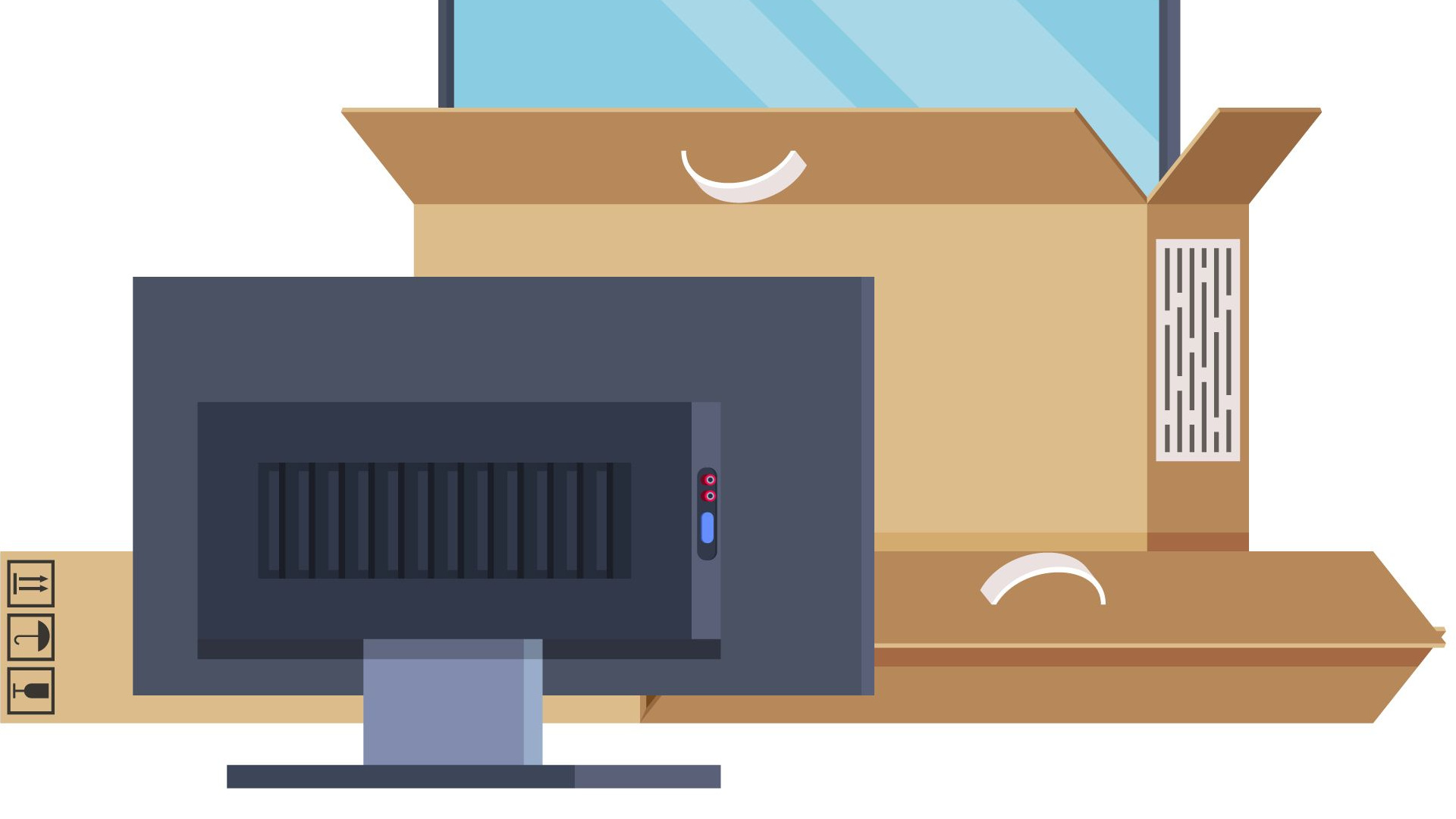Black Friday TV buying tips: how to get the best deal on the best set
Buy the right TV, not just the cheapest one

Black Friday TV deals are happening now, and some of the best ones are for TVs, a Black Friday sale item as traditional as a Thanksgiving turkey.
While it’s tempting to buy on price alone (a TV for under $100 / £100? Yes, please!) There are some things to look for that will let you know you’re getting a really good TV, rather than just a really cheap one. Here are some general TV buying tips to follow as you're seeking out Black Friday deals.
Look for a 4K UHD TV
There’s a big difference between a TV labeled as 4K UHD and one labeled as FHD (full high-definition). Specifically, a 4K UHD TV has 4 times higher resolution than an FHD one, and will be able to display the full range of picture detail provided by services like Netflix, Amazon Prime Video, and others that stream in 4K. Buying a 4K UHD TV also means the set will be future-proof since streaming services are all gradually making a transition to 4K.
Not all HDR is created equal
All 4K TVs can display HDR10 high dynamic range video, but many inexpensive ones aren’t compatible with Dolby Vision HDR. The difference between the two formats is that Dolby Vision is a dynamic one that can better adapt HDR images for TVs with limited light output – a category that includes inexpensive LED sets, and also budget OLED ones. If you can find a great deal on a 4K UHD TV with Dolby Vision, it will be well worth considering.
Full array backlights are better
Any LED TV that offers a full-array backlight will be a worthy step-up over a model lacking that feature. That’s because TVs with full array backlights use a type of processing called local dimming to create deeper and more detailed-looking blacks – something that inexpensive LED TVs struggle to deliver.
QLED TVs offer enhanced color
Along with a full array backlight, another good step-up option is a TV with a QLED display. QLED indicates the presence of a quantum dot layer, and that feature enhances color rendition and light output – both of which are important for getting the best picture quality from 4K HDR programs on streaming services.
120Hz is great for gaming
The best 120Hz TVs are compatible with next-gen game consoles like the PlayStation 5 and Xbox Series X and S models, all of which can output 4K 120Hz video. The benefit to this is smoother looking motion graphics, along with the elimination of “tearing” when a related feature called VRR (Variable Refresh Rate) is onboard.
TVs with 120Hz support are worth looking into if you’re a serious gamer, but you’ll want to confirm that the set has an actual 120Hz refresh rate, and not an “effective” one. A good indicator of this will be if the TV has HDMI 2.1 inputs, a feature that should be listed among its general specifications.
Also shop for a soundbar
Many TVs have mediocre audio quality to start with, and that becomes even more of an issue with inexpensive models. So if you’re concerned with getting consistently clear dialogue when watching movies and TV, it will make sense to buy a soundbar along with your new set.
Even a cheap soundbar will provide an improvement over the built-in audio of most TVs, and when you step up to the best soundbars, the audio experience you’ll get can make you feel like you’re sitting in an actual movie theater.
Sign up for breaking news, reviews, opinion, top tech deals, and more.

Al Griffin has been writing about and reviewing A/V tech since the days LaserDiscs roamed the earth, and was previously the editor of Sound & Vision magazine.
When not reviewing the latest and greatest gear or watching movies at home, he can usually be found out and about on a bike.